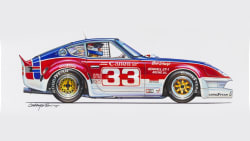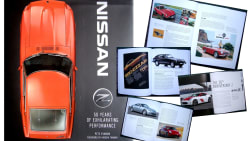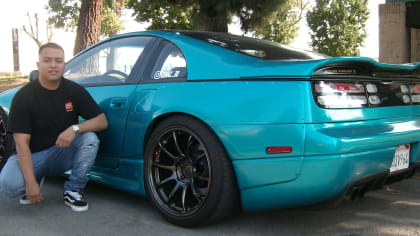A (Even) Deeper Dive into the Cray
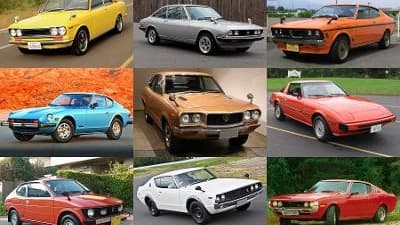
Part Five Of Our Supercomputer Series
Part five of LACar’s series on supercomputers and the Nissan 300ZX by LACar guest writer Dan Banks explores the Japanese manufacturers' acquisition of the first Cray supercomputers.
By Guest Author: Daniel Banks
Sun, Oct 18, 2020 09:18 AM PST
This article is a part of
Nissan Z ExtravaganZa
Click to see the collection and all the included articles!
Here is a short history of the rise of supercomputers, their use by Detroit, some additional history of Japanese auto makers buying the Cray machines, and what was accomplished with them. American media, sensitized to reporting on Washington’s handling of trade imbalance, would report as well on achievements the Japanese made using this technology.
According to their website, Cray’s historical timeline shows their first supercomputer being sold to Los Alamos National Laboratory in 1976. The list of who was buying Cray grows quickly in size and importance. Sales to defense and military research sites, as well as sales to universities continued such that by the early 1980s Cray was well established as the leader in the field. Yet when it came to the Japanese market an article entitled Mr. Secret Weapon, which ran in the May 15, 1983 edition of The Washington Post, seems to demonstrate Cray did not understand the nature of MITI’s actions, nor well understand the Japanese competitive threat. While the article covers the importance of the supercomputer overall, and the reclusive personality of designer Seymour Cray, early on it notes the $200 million Japan is investing in trying to produce a superior machine. “Both Hitachi and Fujitsu have announced they will unveil machines faster than Cray’s this year,” stated the article. Cray’s President and CEO at the time was John Rollwagen, an MIT engineering grad with a Harvard MBA. Rollwagen doubted that the Japanese machines would be as fast, but took note of Hitachi’s claim, stating “It’s a shot across our bow…”.
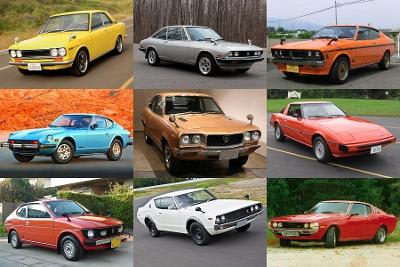
What then comes out in this article perhaps finds antecedents in David Halberstam’s The Reckoning, his lengthy examination of Ford and Nissan (William Morrow and Company, 1986). Halberstam reports that Japanese motor vehicle industry engineers were given full access by Detroit to their factories as Japan began to build cars after WWII. (Especially, NATO needed 4 wheel drive trucks for the Korean War and a lot of American motor vehicle building assistance was coming to Japan regardless.) The Japanese who were given access to factory floors in Detroit, according to Halberstam, were all dressed in ill-fitting dark suits and carrying the same small Japanese cameras.
They toured Detroit and took a lot of photos, asking insightful questions. Many came. Rollwagen, in a passage of this article about the intellectual freedom and flow of information afforded by Cray in his design studios, remarked about the Japanese also wanting to learn from Cray. He is quoted “If Hitachi wants to know our stuff, ‘Rollwagen says, laughing,’ they can come and get it… That would put them [only] three years behind us.” One can hardly fault Cray’s president for being proud of his product. It was 1983 and few saw writing on the wall. From the vantage of today, the word hubris comes to mind.
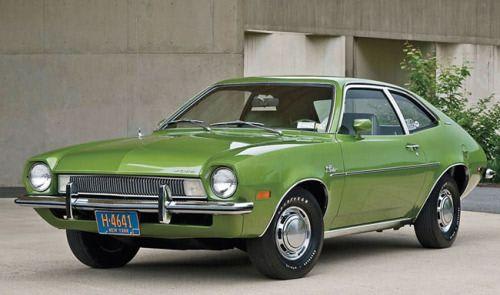
From the New York Times of January 13, 1987, we read Honda Purchases a Cray Computer. This article states that Honda is the seventh Japanese company to purchase a Cray, paying $7 million dollars for it. Fujitsu and Hitachi were the main competitors. The Cray was put to work in Honda’s automotive research and development center.
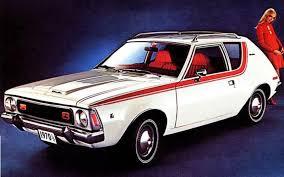
An example of Nissan’s use of their Cray supercomputer appears on page S9 of the New York Times, December 4, 1988 issue. An About Cars auto enthusiast piece reports on the newest Nissan 240SX, a 2.4 liter rear wheel drive sporty car. The article is entitled Nissan’s 240SX Passes the Test of Critics. It details how well a newly designed suspension system cancels out over-steer problems found in previous models, improving steering and handling. Complex motions of four arms controlled each rear wheel. Nissan engineers asserted that the length and placement of these arms “could not have been determined without the help of their Cray supercomputers.” The 240SX’s low price coupled with performance and superior handling helped it to become a favorite for enthusiast drivers.
The New York Times of April 26, 1992, provides reporting from the New York International Auto Show on the debut of Mazda’s newest, third generation RX-7 sports car. This car, like Nissan’s 1990 – 1996 300ZX, represented a significant advance in technological capabilities and styling from its previous generation. The article reports Mazda used their Cray supercomputer to achieve this. The article is entitled The RX-7 Pares Down for Serious Fun. It states that the aerodynamics of the new RX-7, including the so-called “Aero-Wave” roofline which cut wind resistance and gave an overall low coefficient of drag of .29, was worked out by computer simulations. The body of the car was noted as far stiffer in bending and twisting.
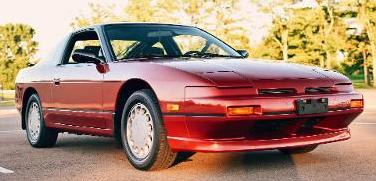
Mazda called it their “Space Monocoque” body. It was 20% more rigid than the second generation RX-7 (1986 – 1991 model years), while saving 200 pounds. (First generation Mazda RX-7 ran from 1978 – 1984). The new RX-7 came in various iterations, the most sporting being narrowly focused on maximum performance at the expense of comfort. It was smaller, lighter, and in some ways simpler than the previous models. The 255 HP twin rotor, twin turbo, 1.4 liter rotary engine was so compact as to yield a very low roof line. The only pan for this new generation Mazda was that the 1/100th of a second steering response time, coupled with its .98 g cornering, made for squirrely and sensitive steering, according to the author of this article.
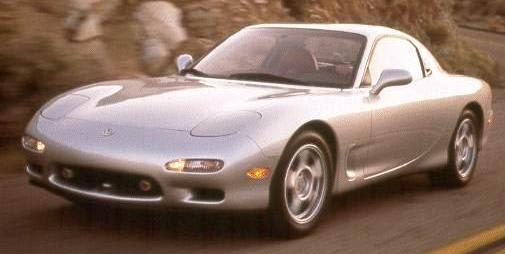
As with the Nissan 300ZXTT, two turbochargers were used in the Mazda RX-7. While Nissan’s conventional V-6 engine dedicated one small turbo to each bank of three cylinders, Garrett T-25’s that spooled up fast, other cars such as this Mazda, and the final generation Toyota Supra used a sequential pair of turbochargers to maintain boost, thus reducing turbo lag. A great deal of engineering talent went to designing the technologies appearing in Japanese supercars of the 1990s.
Huge engineering costs, extensive supercomputer runs, lack of platform sharing, and very low sales volume would seem to indicate scant, if any, profit. These cars served as technological drivers for their makers just like racing cars (which most of these certainly became), and halo cars at the dealerships. Supercomputers played their role well in facilitating these designs.
Featured photo courtesy of Nissan.
About The Author
Daniel Banks
Guest Contributor
